[ Strip Myco-Puncture ]
Introduction :
In recognition of the profound impact that human activities have had upon the earth’s crust and atmosphere, scientists and humanists have re-described our geological era as a revolution of human origin, the Anthropocene.
Definition :
The Book, Shock of the Anthropocene , defines Earth’s most recent geologic time period as being human-influenced, or anthropogenic, based on overwhelming global evidence that atmospheric, geologic, hydrologic, biospheric and other earth system processes are now altered by humans.
Objective:
The studio of Anthropocene Landscapes aims at exploring the relationships between digital and material systems, by bringing to the fore, the new aesthetic dimension of Abstract Materialism.
Material:
Further to our material research we began to explore material systems that could offer new possibilities of self-replicating and expanding structures that would alter the way we perceive architecture as a series of static intervention. Thus, from the palette of biological and inorganic materials catalogued for the course structure, we chose a densely inter-connected network of hyphae capable of colonizing very quickly large surfaces. An adaptive, strong, resilient, transformative and a dense material called Mycelium.
[ 01] BARCELONA COASTLINE DYNAMICS
Artificial transformations in urban Landscape at Barcelona coast
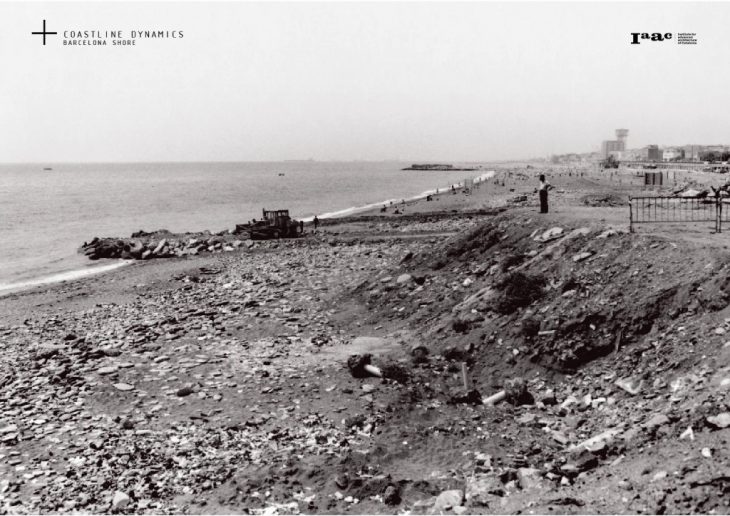
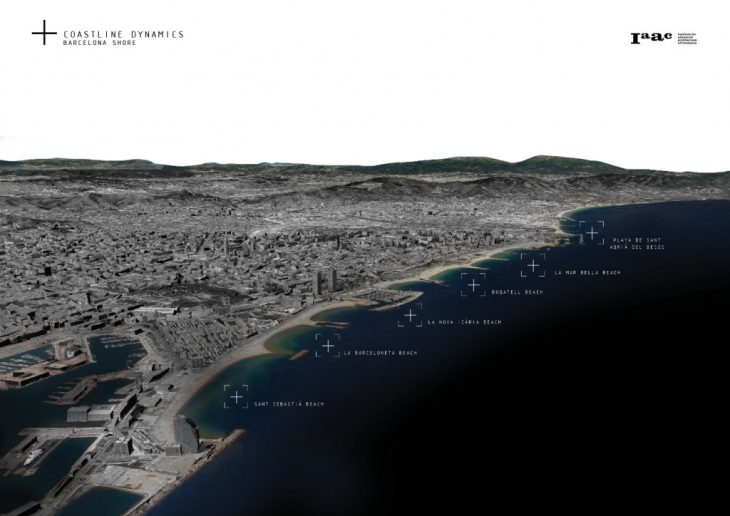
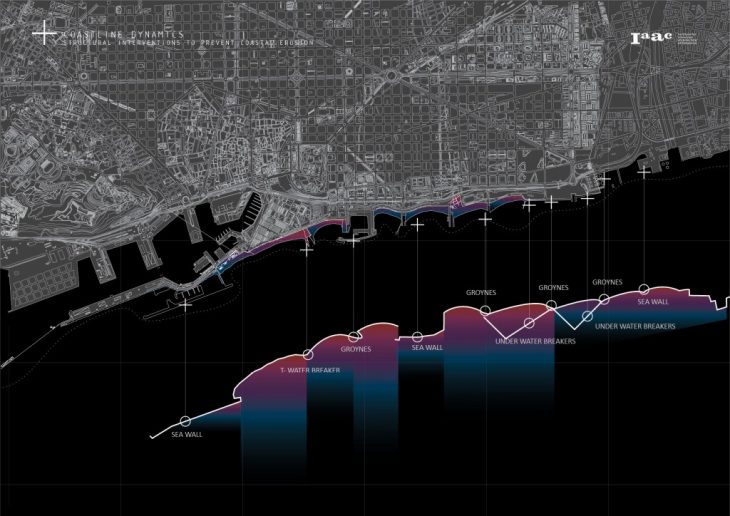
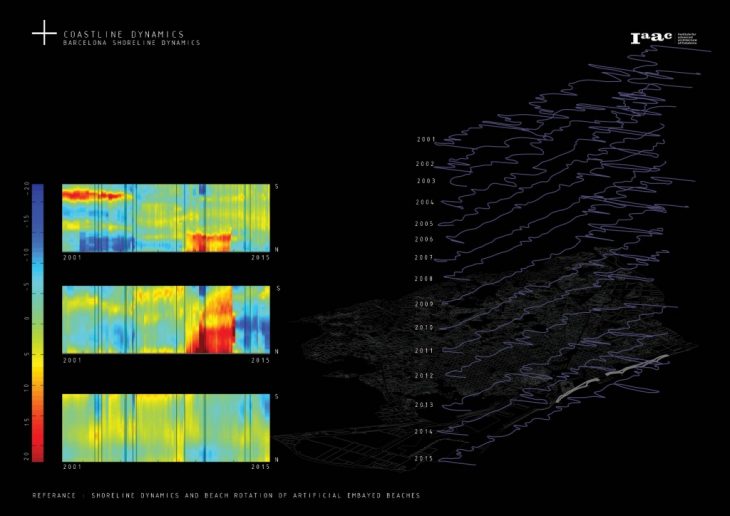
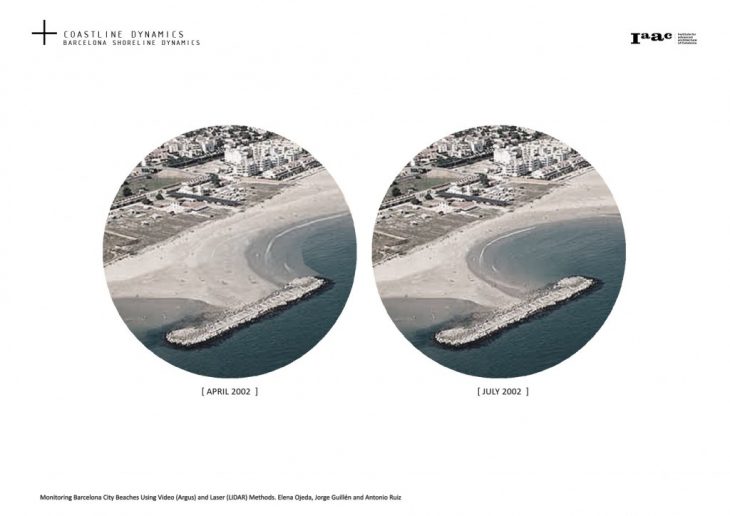
[02] MYCELIUM
// Mycelium growth studies
Hypothesis :
Mycelium is the vegetative part of a fungus colony, consisting of a mass of branching, thread-like hyphae. It extends itself as an intricate, dense and resilient branching web of filaments as a part of the root of Pleurotus Ostreatus or in simple words, the Oyster Mushroom. Mycelium’s organizing structure and capability to grow on a diverse array of substrates makes it an extremely resilient organism capable of thriving where others cannot. Its adaptive behavior and resiliency offer vast opportunities for the development of mycelium as a material structure.
Mycelium also has many other extraordinary properties. It can feed on organic waste, oil and other toxins that pollute the environment. It is water resilient and is fed well by sea water. Hence to exploit these properties of Mycelium, we induce our material into the substratum to test its potential of being a binding agent.
Project description:
Through Academic References and research precedents testing various , inorganic , organic and artificial binders we understand the physical properties of the material substratum, sand , and its morphologies in respective binding agents.
Mycelium is then analyzed as a binding agent by replacing the preceding experiments with Mycelium spores. Clearly artificial binders bond strongly as compared to the inorganic and organic ones. Since Mycelium is an organic and living binder, it can be potentially used as a dynamic binding agent in sand, that strengthens over time.
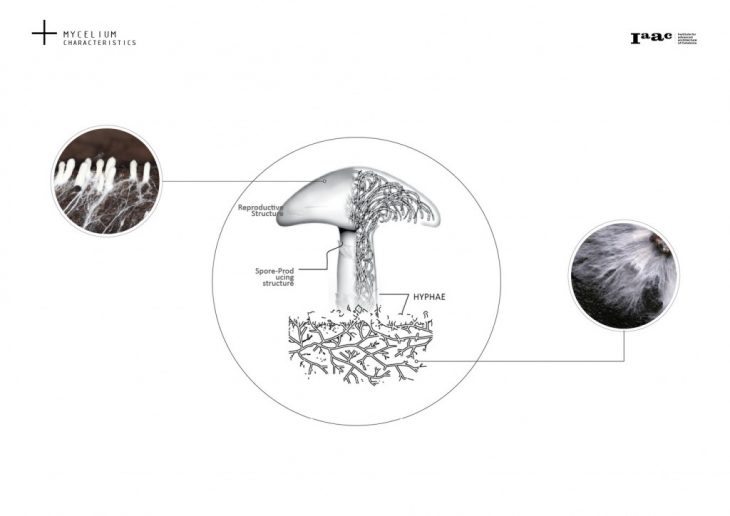
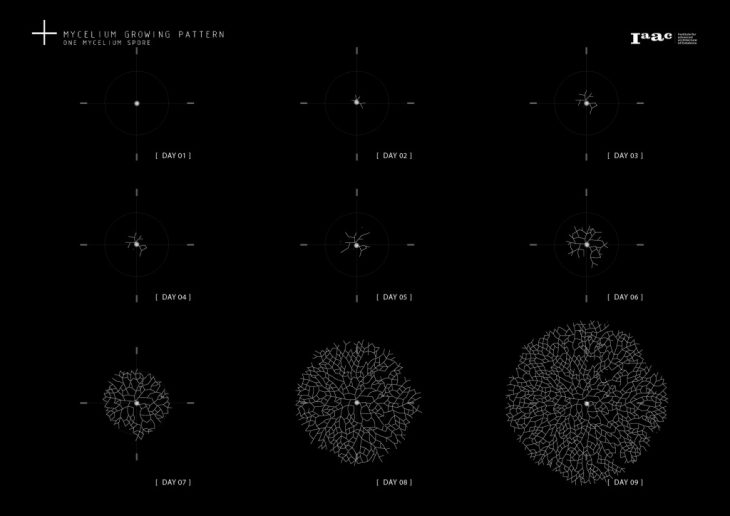
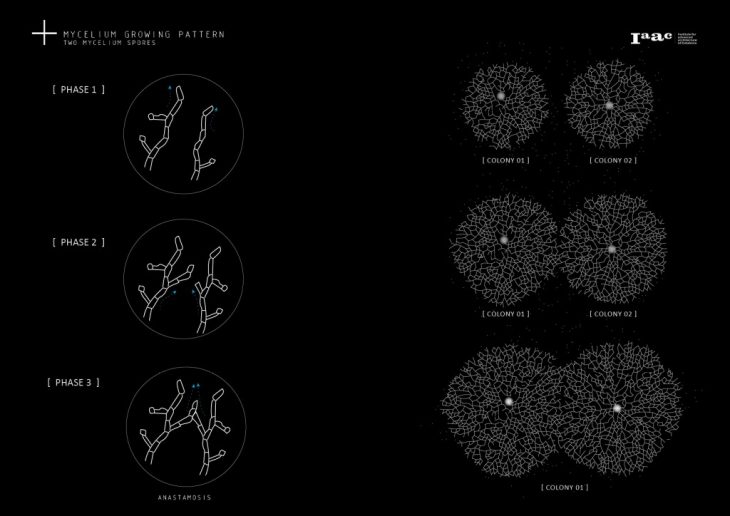
[03] MYCELIUM CULTIVATION
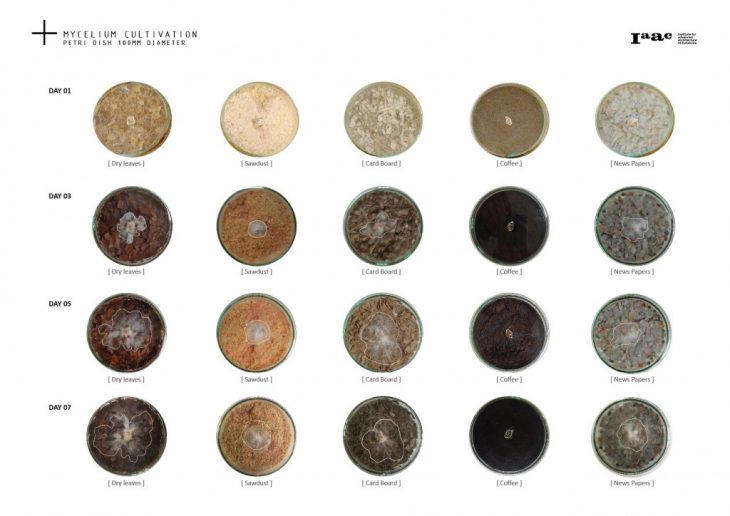
[04] MYCELIUM MOPHOLOGY
// Microscopic Analysis
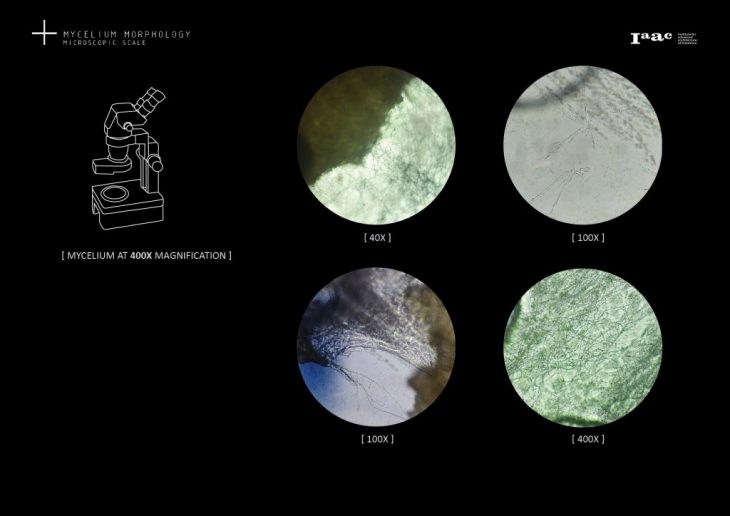
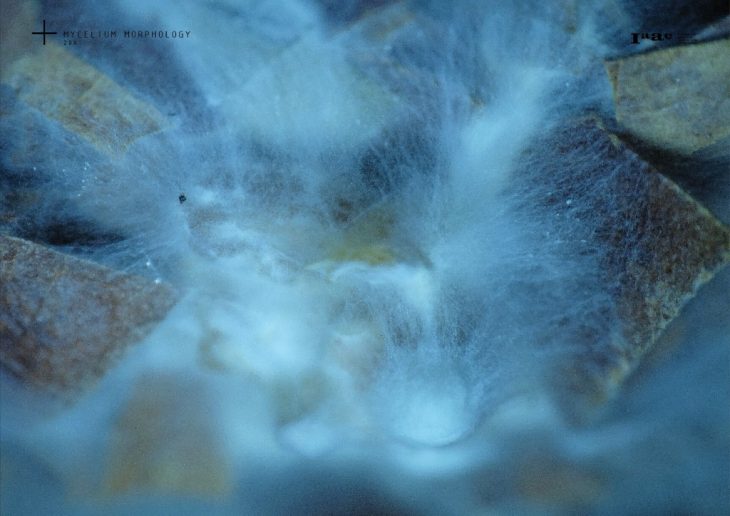
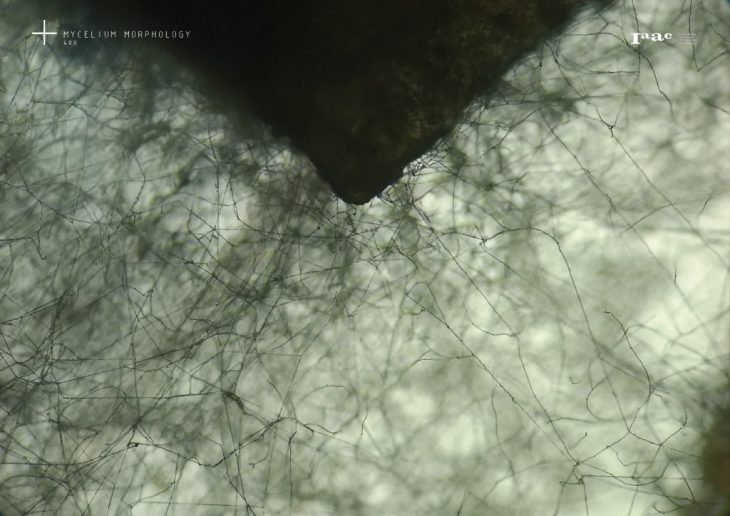
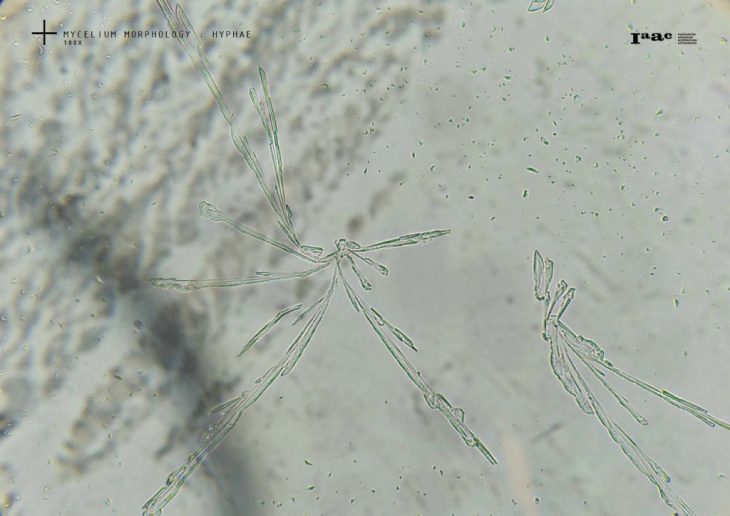
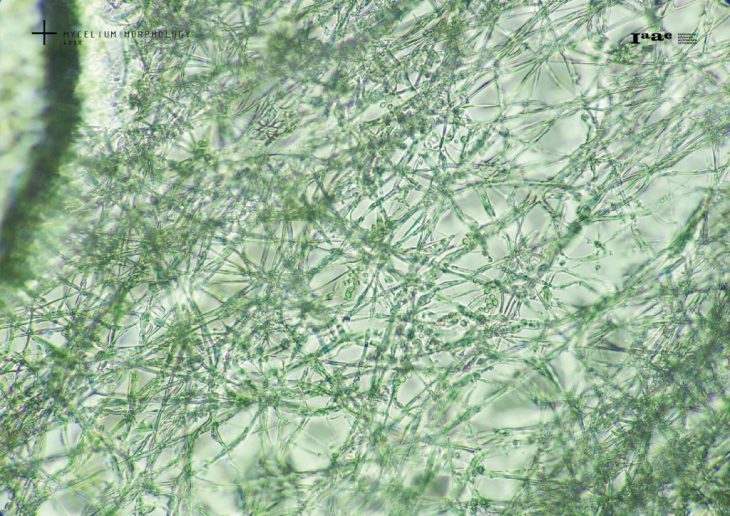
[05] MYCELIUM SAND BINDING
//Sand binding
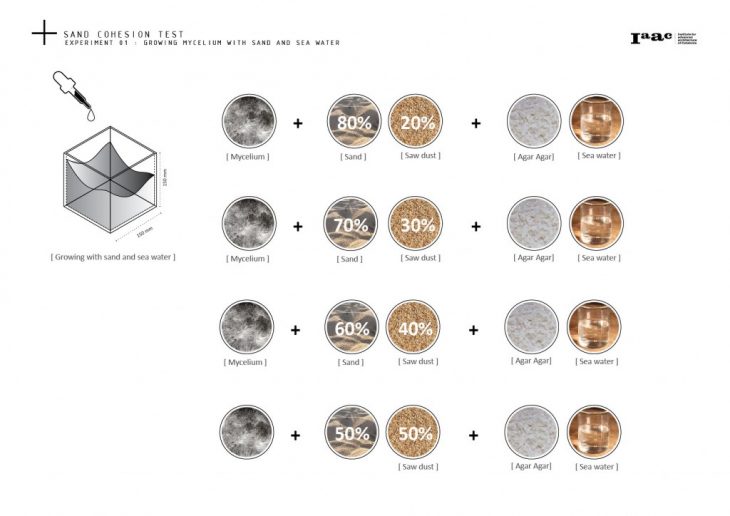
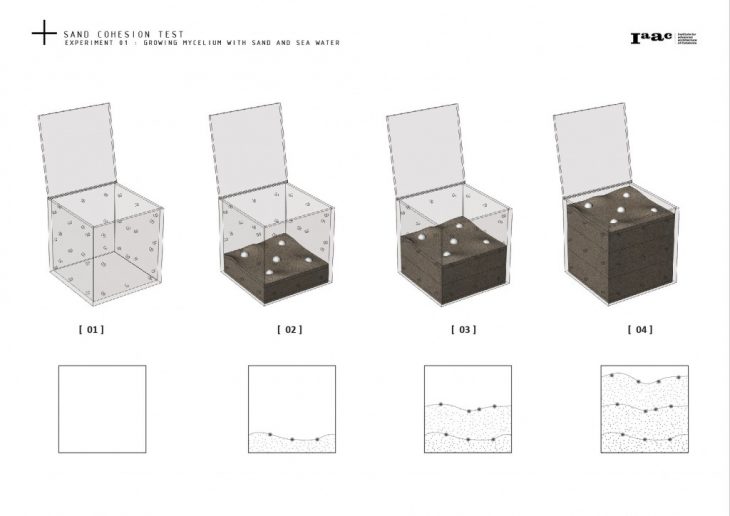
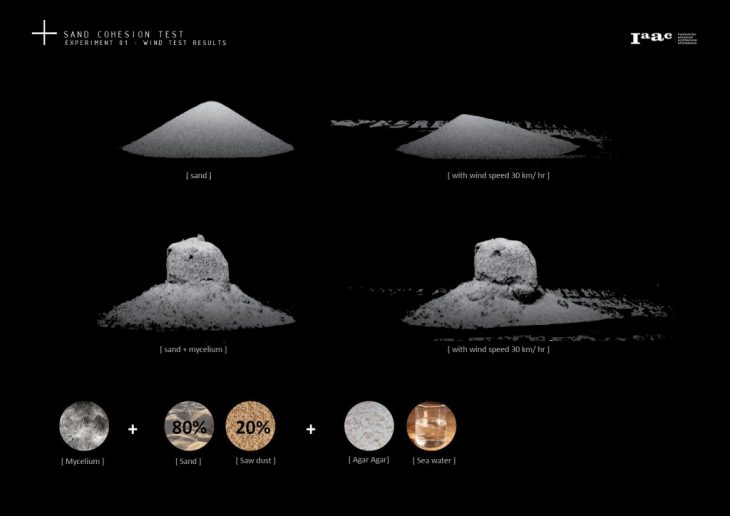
[06] ANALOG MORPHOLOGIES
Simulation and analog tests
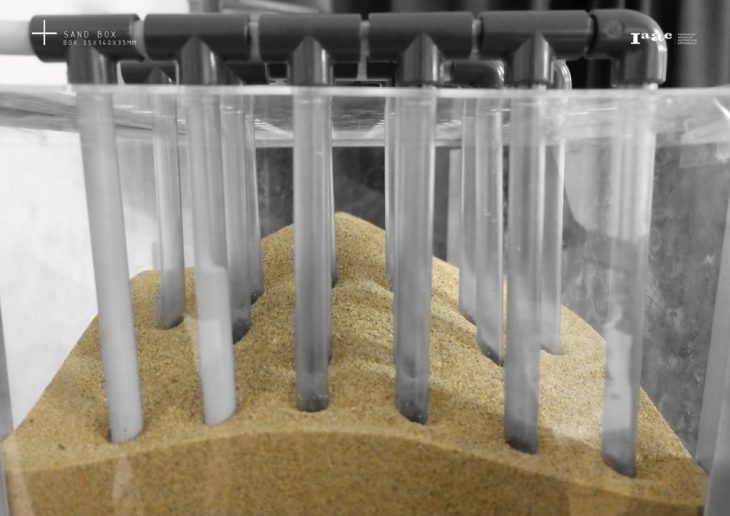
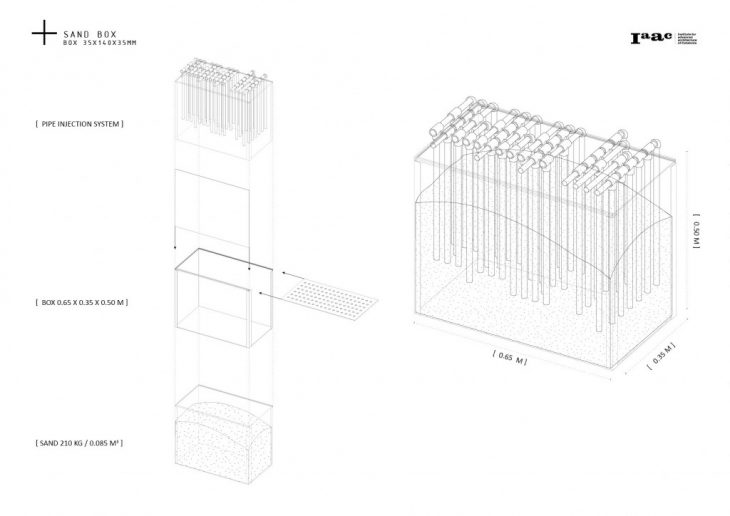

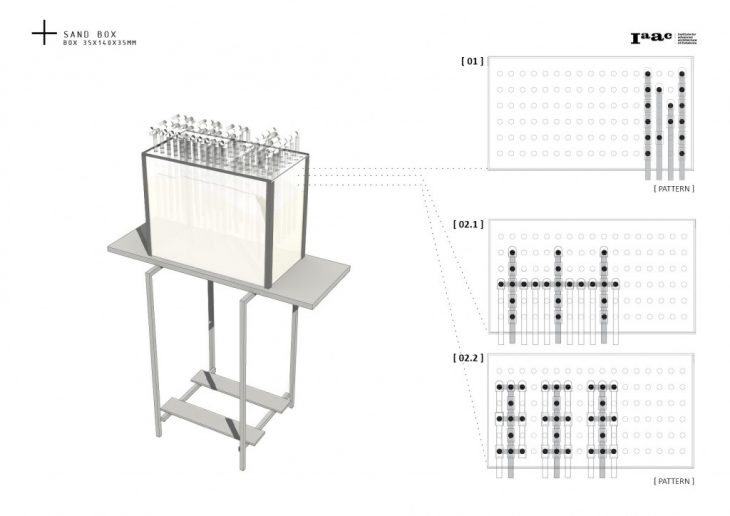
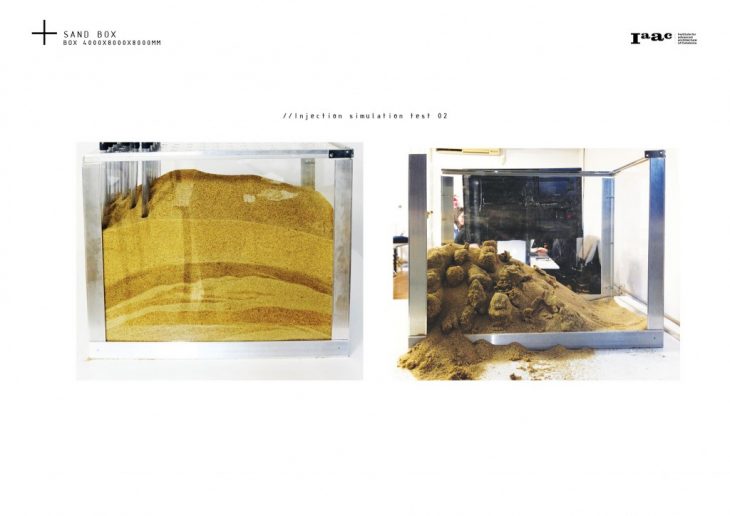
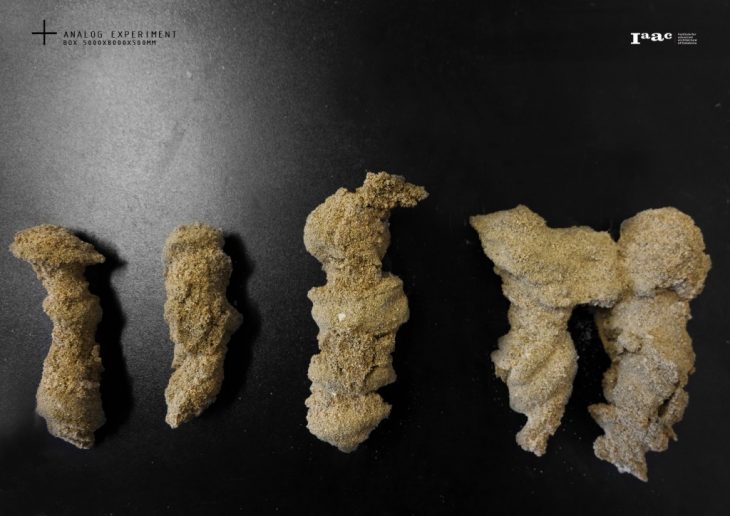
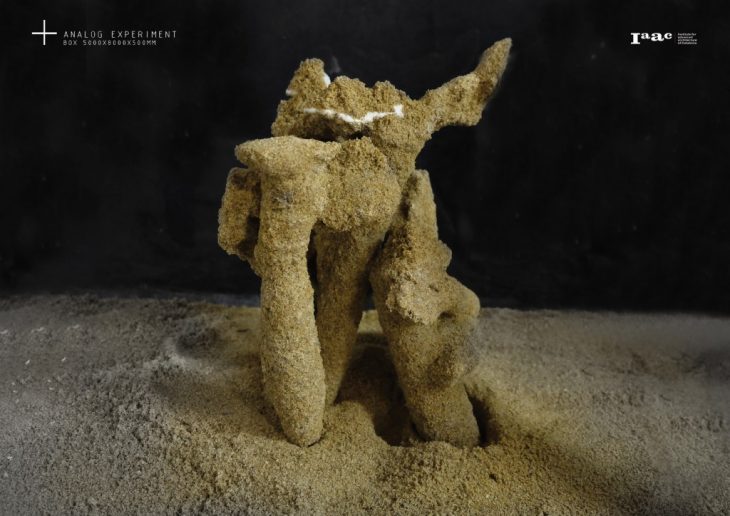
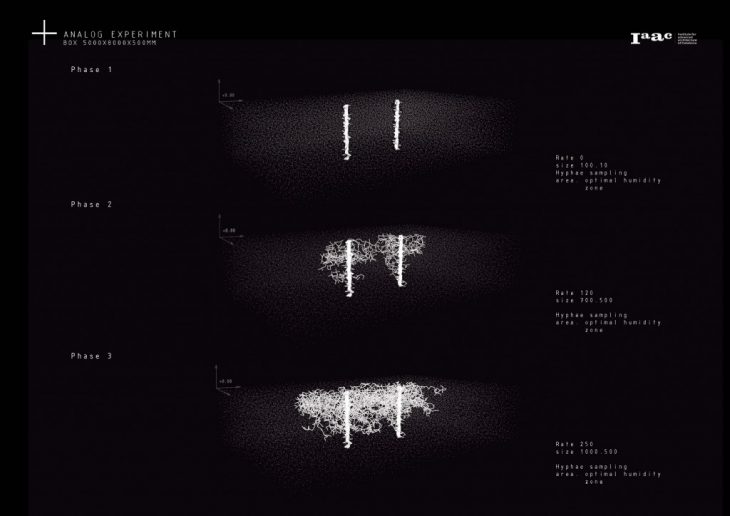
[07] MYCELIUM INOCULATION APPARATUS
Glass apparatus for mycelium growth in urban landscapes
Apparatus :
The final outcome of all the theoretical and experimental research led to the visualization of our apparatus. The apparatus consists of glass receptacles to contain various ingredients for mycelium culture , the Mycelium Spores , Water and Agar agar, an air vent and a digester , to convert organic waste into compost as a feed for mycelium. The apparatus was consciously designed to be a static structure for systematic inoculation and to provide ideal conditions of growth.
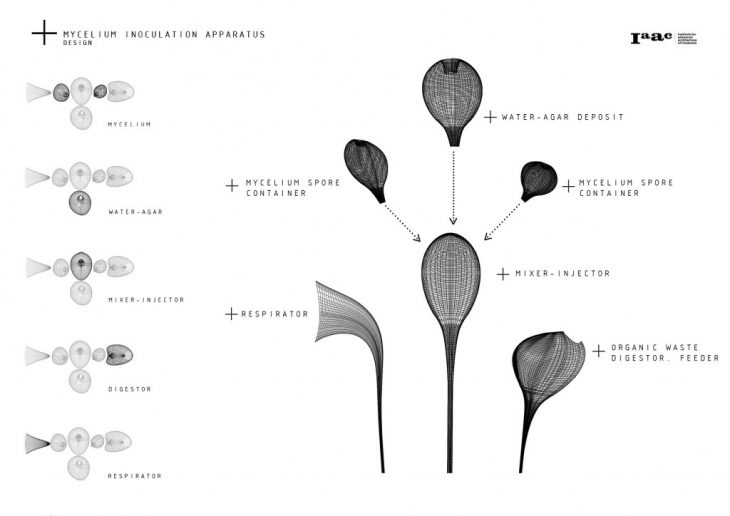
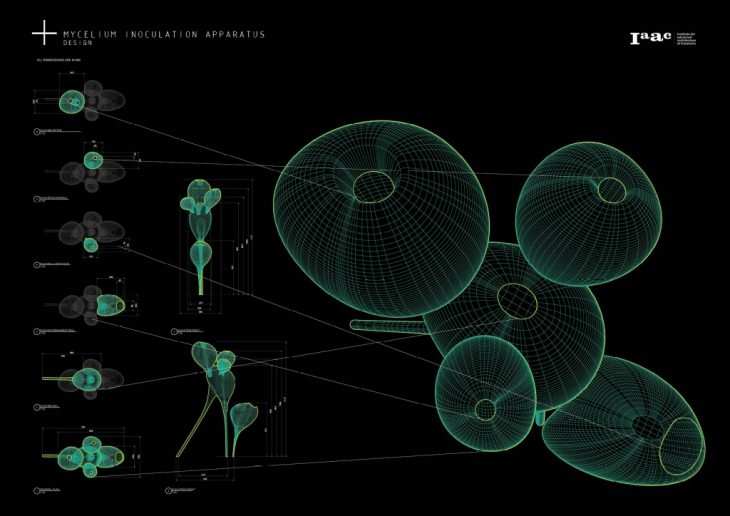
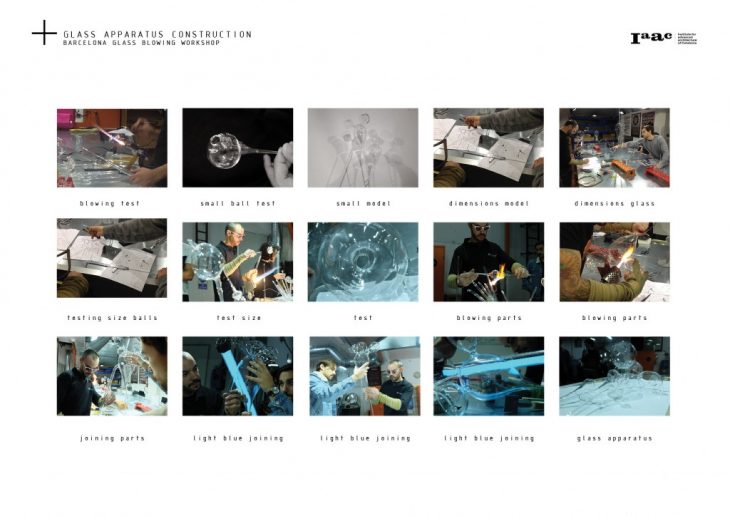
[08] ORGANIC WASTE MAPPING
// Waste data mapping
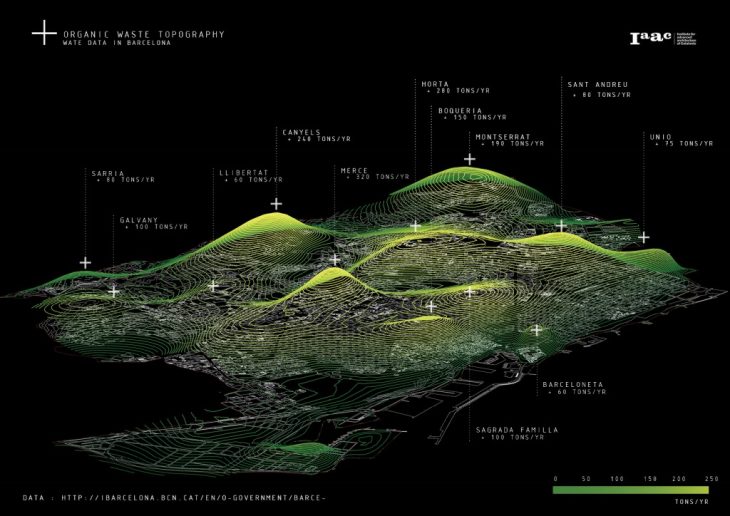
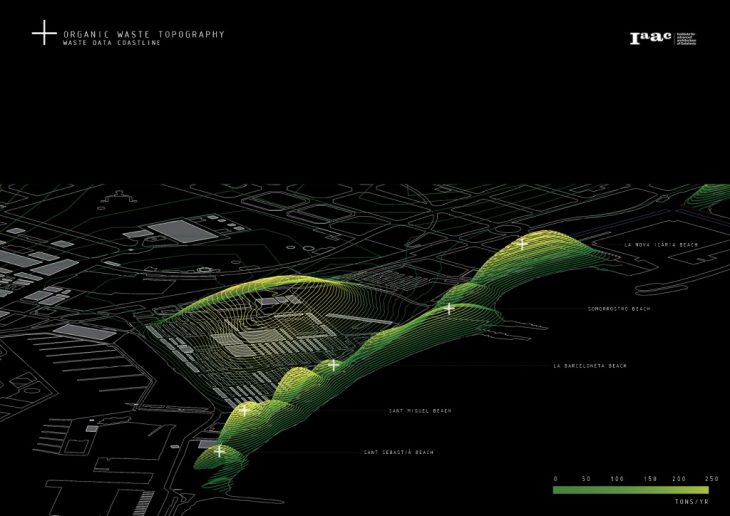
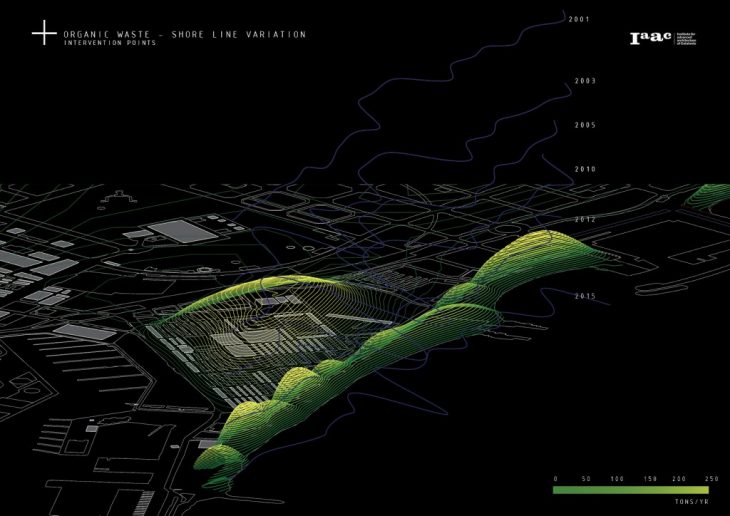
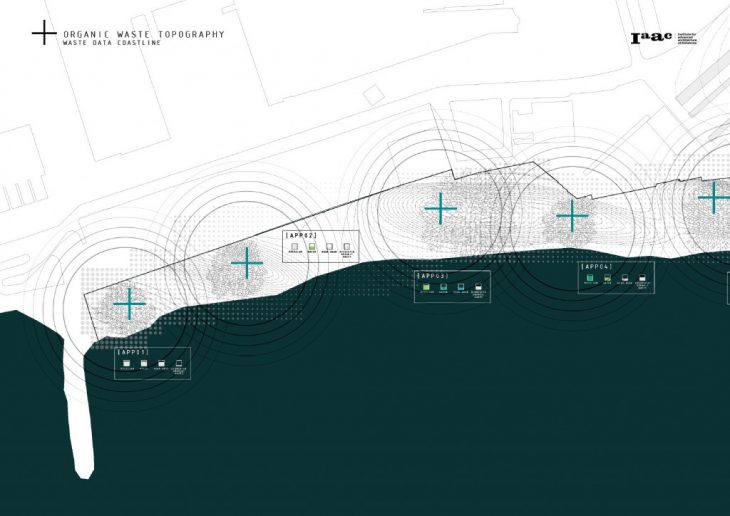
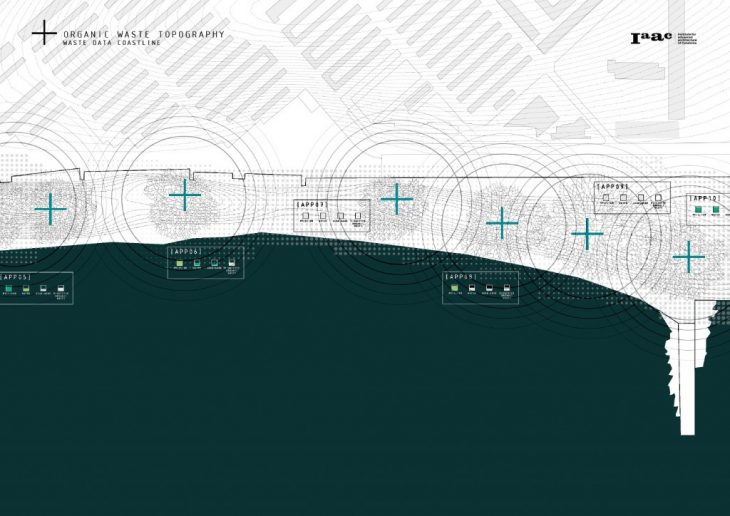

[09] ANTHROPOCENE LANDSCAPE
Conclusion :
Our project began with the experiments of Mycelium culture in sand, to test the potentials of mycelium as an organic binder that strengthens over time. Subsequently, through a series of tests and experiments (wind test, salinity test, organic waste feed test) we analyze the growth of the mycelium in the material substratum. Mycelium, successfully strengthens and solidifies sand under normal conditions of salinity, slightly humid and warm conditions of temperature feeding well on organic wastes.
Further to our research, we compiled a series of simulations, of mycelium growth in the sand substratum to study the morphologies of its growth in sand. This further led to the process of inoculation of Mycelium spores in various patterns on the beach, our Anthropocene Landscape.
The inoculated Mycelium would grow into natural structures that would strengthen over time. The structures are dynamic and living and also capable of digesting the organic debris from the city. The project – Strip MYCO Puncture, thus would not only transform the geomorphologies of the Coastline dynamics to a more Anthropogenic context, but also create a synergy between the material system and the detritus of the urban fabric.
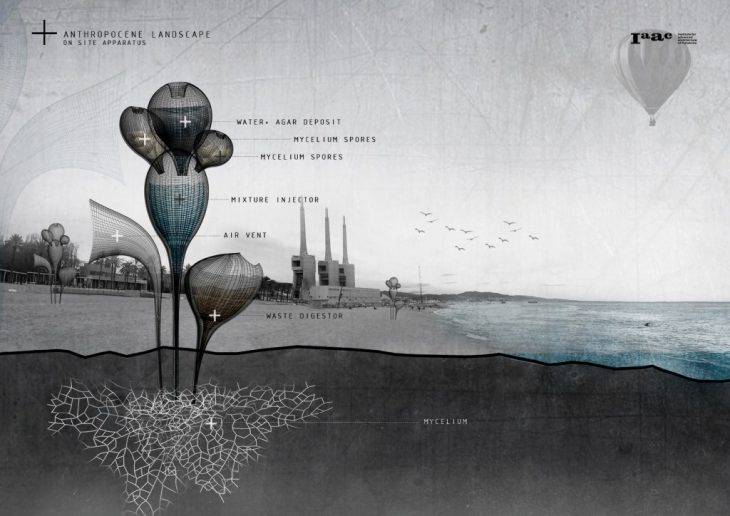
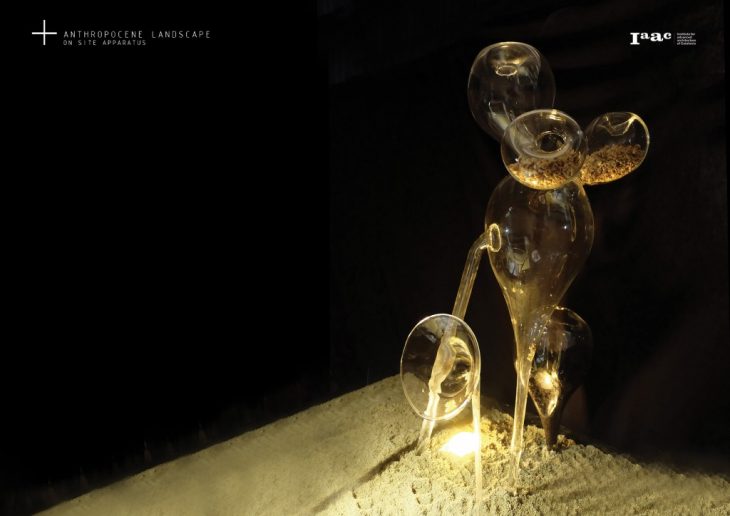
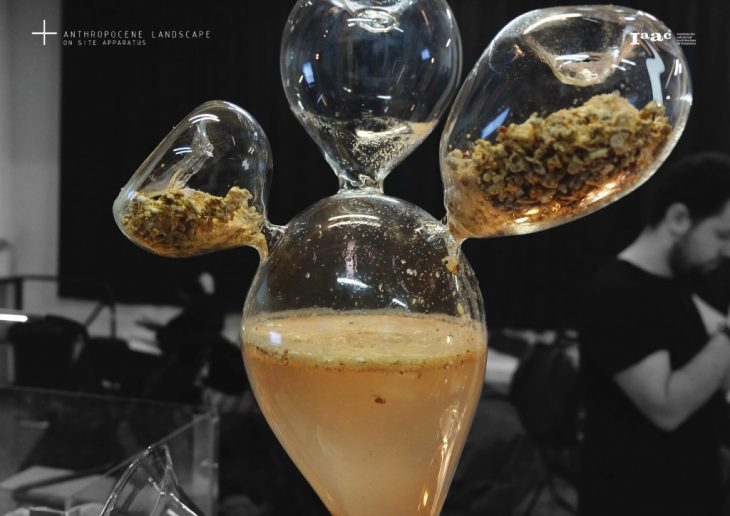
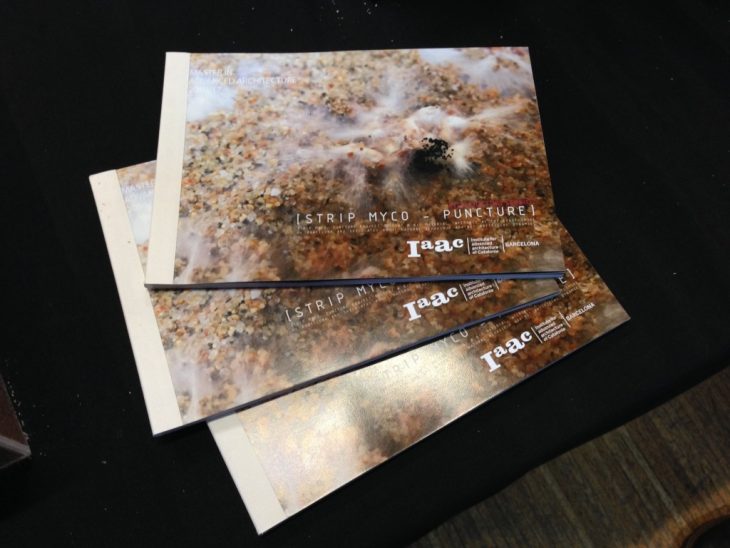
References / Bibliography :
1. Gokhan Atikkas (2013): Mycotecture GR2 : Building From Mushrooms
Introductory Studio G01 , Institute of Advanced Architecture of Catalonia
2. Ahmed Abouelkheir , Behdad Shahi, Jiah Lee, Junyi Wang (2011) : Terri – Form
Proto-Design , Architectural Association Design Research Laboratory .
3. Kunaljith Chadha, Anusha Arunkumar, Yessica Gabriella.M.S (2015) : In_Sand , Additive Manufacturing
Digital Matter Studio , Institute of Advanced Architecture of Catalonia
4. Silvia Oliva Marco, (2015) : Mycofiltration-Growing Architecture
Design with Nature _ Research Studio , Institute of Advanced Architecture of Catalonia
5. Chunyi Chenn, Yilin Zhou, Ying Hu, Han Liu, Wanzhe Ye (2014-2015) : B. 1/0. Cement
Urban Morphogenesis Research Project, Bartlett, University College of London.
6. XiYangZi Cao, Shuo Liu, Zeyu Yang (2014) : SanDPrint
Research Cluster 6 , Bartlett, University College of London.
7. Ashwin Shah, Paola Salcedo, Wandy Mulia, Yue Shi (2014) : Erosion
Behavioural Matter Studio , Architectural Association Design Research Laboratory
Scientific Research Papers :
1. Ergun Baysal , Huseyin Peker , Mustafa Kemal Yalinkilic , Ali Temiz (2003)
Cultivation of oyster mushroom on waste paper with some added supplementary materials
Received 13 September 2002; received in revised form 7 January 2003; accepted 7 January 2003
2. Andrej Gregori, Mirjan Svagelj, Jure Pohleven (2007)
Cultivation Techniques and Medicinal Properties of Pleurotus spp.
Received: May 5, 2007; Revised version: May 20, 2007; Accepted: June 1, 2007
3. Q.A. Mandeel, A.A. Al-Laith , S.A. Mohamed (2005)
Cultivation of oyster mushrooms (Pleurotus spp.) on various lignocellulosic wastes
4. M. Obodai, J. Cleland-Okine , K.A. Vowotor (2003)
Comparative study on the growth of Pleurotus ostreatus mushroom on lignocellulosic by-products
Received: 24 June 2002 / Accepted: 25 November 2002 / Published online: 19 February 2003
5. R. Ragunathan, R. Gurusamy, M. Palaniswamy , K. Swaminathan (1995)
Cultivation of Pleurotus spp. on various agro-residues
Received 29 July 1994; revised version received 31 March 1995; accepted 31 March 1995
Strip Myco-Puncture is a project of IaaC, Institute for Advanced Architecture of Catalonia developed at Master in Advanced Architecture 1(MAA01) in (2016-17) by:
Students:
- Sebastian Amorelli
- Montakan Manosang
- Ricardo Mayor Luque
- Samarth Agrawal
- Pranav Kashyap
- Claudia Pasquero (Introductory Studio Tutor)
- Carmelo Zappulla (Introductory Studio Tutor)
- Maria Kupstova (Introductory Studio Assistant)